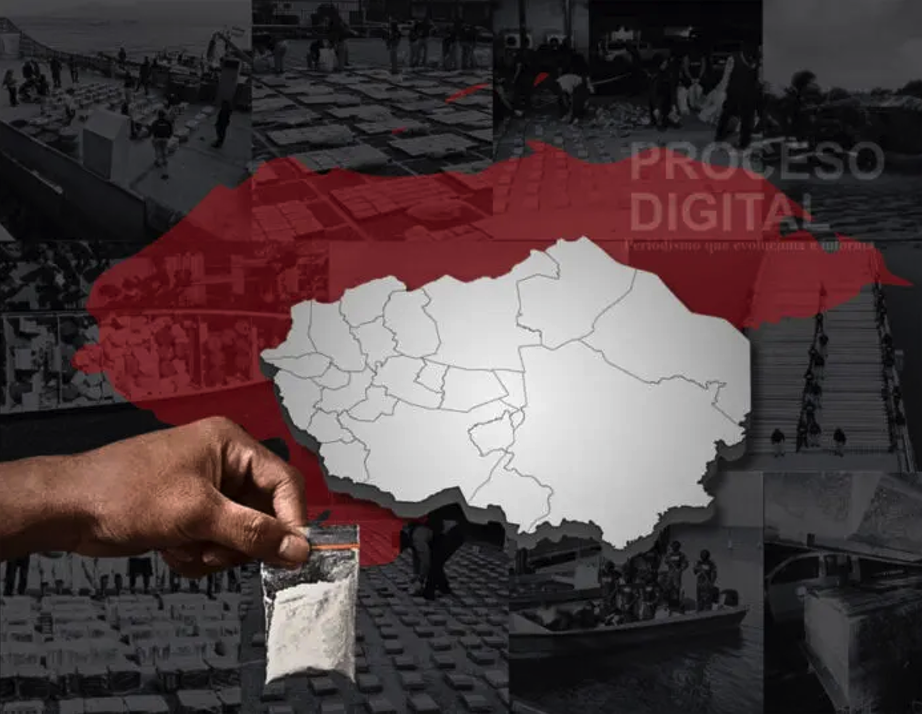Amongst the seven Central American countries, Costa Rica has an international reputation for social progress, environmental harmony and sustainability that outstrips the other six countries. In fact Costa Rica has been named by the Happy Planet Index report as the most sustainably happy country in the world.[i] In our experience, Costa Rica deserves many plaudits and is full of really interesting examples of harmony and sustainability; but it is not without its problems and conflicts. We have included here a short opinion piece written in the Costa Rican weekly newspaper Semanario Universidad to illustrate that not all Ticos share this happy perspective.
By Luis Morice (UCR) Sep 20, 2016
Reproduced by kind permission of Luis Morice
From Semanario Universidad, Costa Rica, 21 September 2016
In our country there is no army but there is a machinery of repression that operates in defence of the interests of the major capitalists, in defence of monopolies and of the transnational corporations. They repress people who they say they are defending and they follow the orders of the supposedly ‘progressive’ PAC [Citizen Action Party] government, aiming to intimidate and silence all types of protest and movements of popular discontent. The vilification of social protest becomes ever more frequent through the intensification of the current government’s repressive policies as a bewildering continuation of previous administrations, as well as through various ‘communication’ media which focus and intensify their campaign against it, seeking to demonise mass actions such as the protests and strikes of diverse social movements.
What they are unable to stop by any existing political means, they seek to prevent by means of violence against the people in the street, intimidating the movement of masses of people, intent on delivering the authoritarian message that sees the right to protest as a ‘sin’. This strikes fear into the masses and the working people and instils in them a deep and fierce hatred against this right, undermining the unity of social forces and silencing their denunciations, the discontent, the protest against the rotten and the degenerate. These anti-popular measures and reactions seek to impose a ‘progressive’ government of ‘change’ in holy alliance with global financial entities and with them the national bourgeoisie.
It is shameful to consider as a great example of ‘heroism’ and as a great achievement of the repressive apparatus of the government blue shirts, the ‘re-establishment of order’, or, in other words, the disintegration through violence of whatever struggle the social movement is undertaking. Examples include what happened to the taxi drivers in their struggle against Uber; what happened at the beginning of the year with the displaced families from Finca Chánguena who were protesting against their removal but were brutally repressed by the police force; the same that happened recently with the animalist demonstrators who were protesting for the closure of the Simón Bolívar prison (the zoo for those who consider it as such); or as happened years ago on 8th November when demonstrators from diverse political and social movements took action in defence of the CCSS [Social Security Office] and who were later beaten by police agents. By violence and by nothing more than violence, they stripped them of and fenced them off from their legitimate right to express by means of mass action their rejection and discontent against unjust situations. Faced with this ‘progressive’ government’s repression and with the PAC’s filibustering, [we need] unity and a permanent struggle of the workers.
[i] The Happy Planet Index report, published by the New Economics Foundation, seeks to move away from purely economic measures of happiness and instead ranks countries by how much happiness they get from the amount of environmental resources used. Happiness is calculated by measuring a country’s happiness in relation to the wellbeing, life expectancy and social inequality and then dividing it by its ecological footprint.

